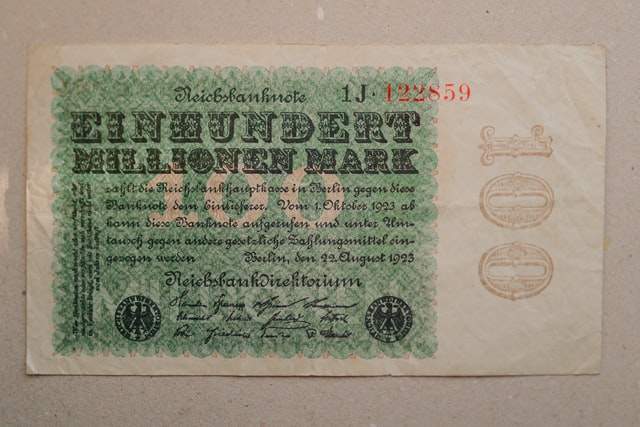How does cold weather affect tire pressure?
In winter months, tire pressure could drop as high as 1 PSI per 10 degrees the temperature decreases. That means you must keep an eye on the inflation of your tires when the weather turns colder.
As winter approaches, there is an increase in the tire pressure which means they might not be capable of providing you with solid traction in slippery or icy terrain.
If your vehicle is equipped with TPMS technology, then you don’t have to worry too often since the majority of cars have sensors that track the pressure of your air and alert the driver when something is not right.
It is commonly mistaken for the idea that air escapes from the tire, however, this isn’t true. Instead, the air in the tire expands as it gets colder.
This reduces the air pressure of the tire. This can lead to problems for car drivers and drivers. If this happens, the PSI will decrease as well as the efficiency of your tire could fall with it.
What should the tire pressure be in the winter months for trucks and SUVs?
In Winter, tire pressures should be higher to ensure safe driving. Inflating tire pressures in trucks and SUVs isn’t solely about safety; it also improves the performance of tires and prolongs their life.
The pressure on the tires of trucks and SUVs in the winter months should be greater than those of summer tires. It is believed that it will be between 35-40 PSI for winter tires to consider the higher load capacities and the cold temperatures that affect the pressure of the tires.
The typical car in this class will run at a lower than 35 PSI almost all the time however, in Winter, additional air must be added to tires to ensure the performance of the tires and ensure they remain safe out on the roads.
40 PSI is the highest pressure we suggest for these vehicle kinds, and any more could pose a danger to the tires of your vehicle. If you overinflate your tire too much the tire can become firm or hard, causing the suspension to fail on the vehicle.
In addition to suspension problems, your tires could also lose traction on the ground you require in winter conditions. By keeping your tires between 35 and 40 PSI levels, you’ll be able to make sure that your vehicle is adequately controlled in handling, handling, and the steering’s responsiveness in freezing temperatures.





